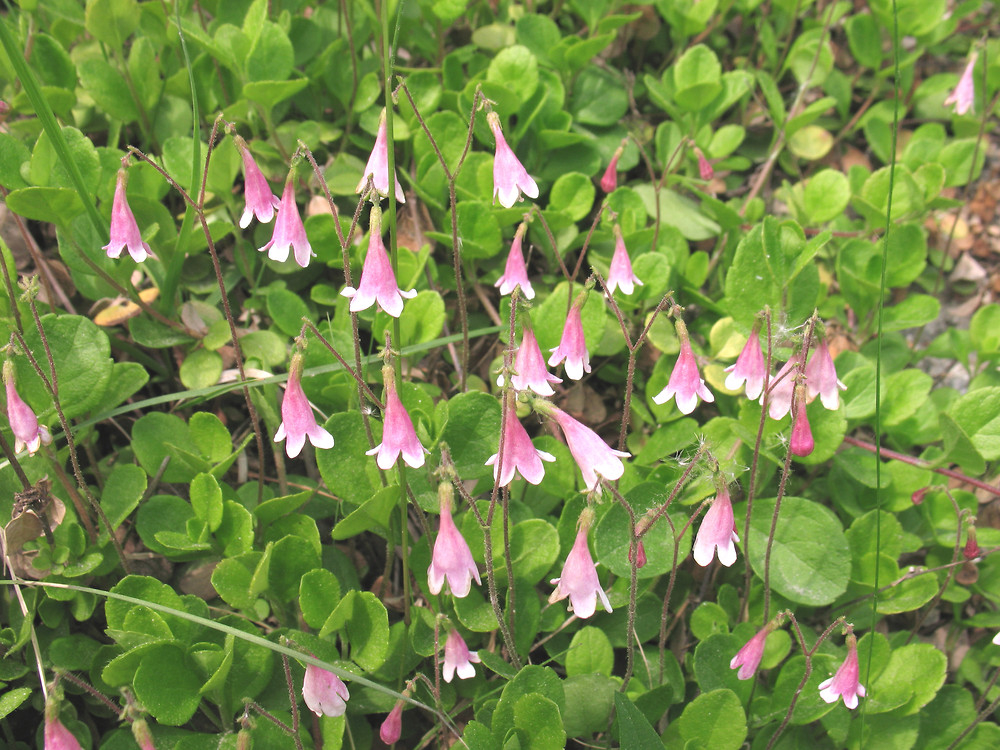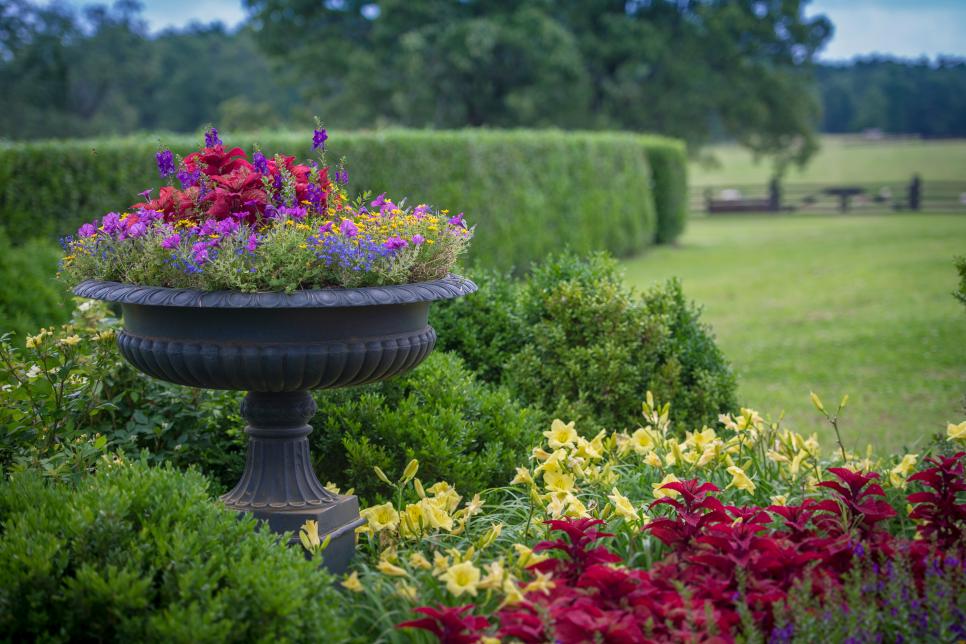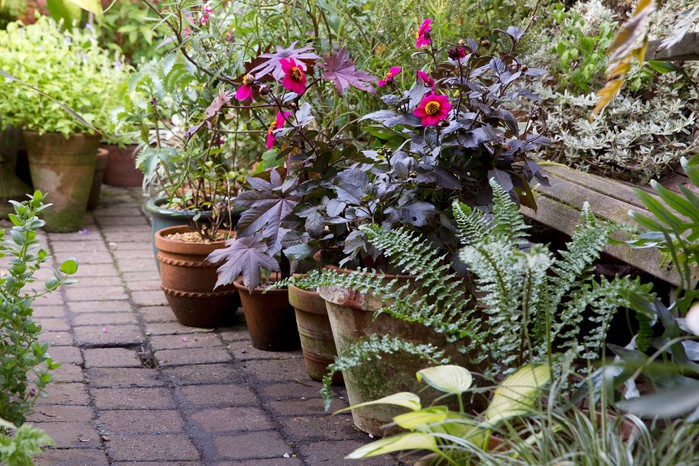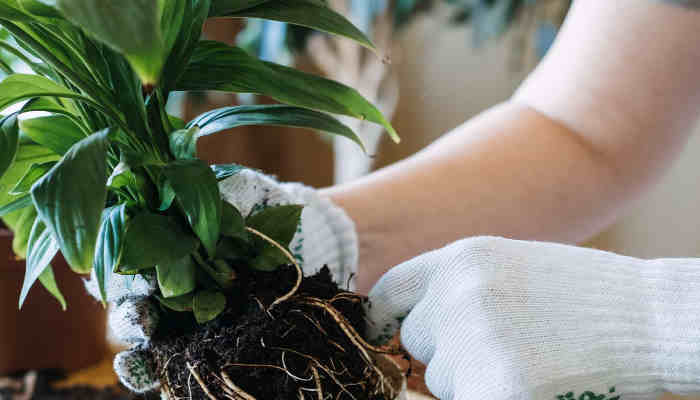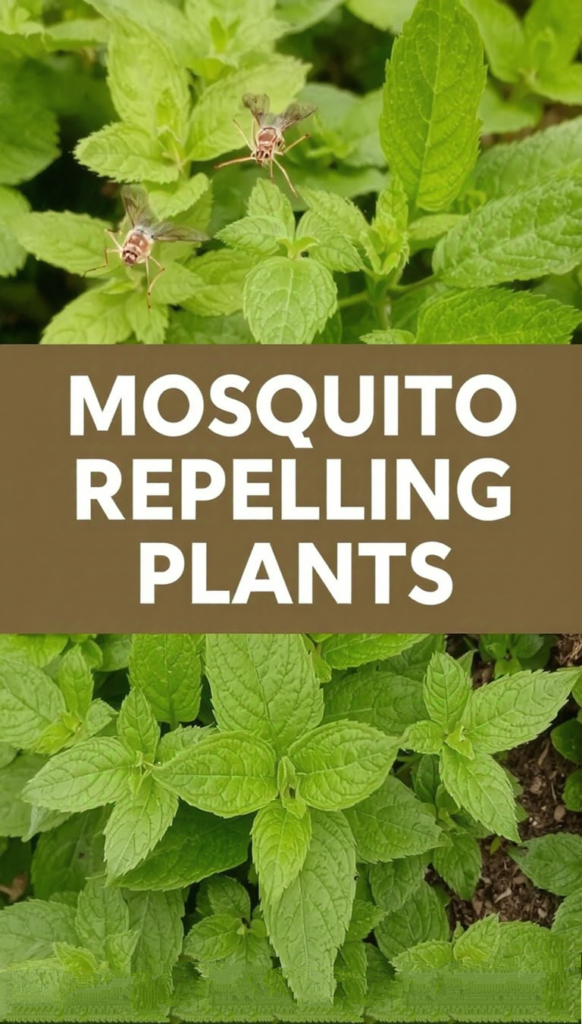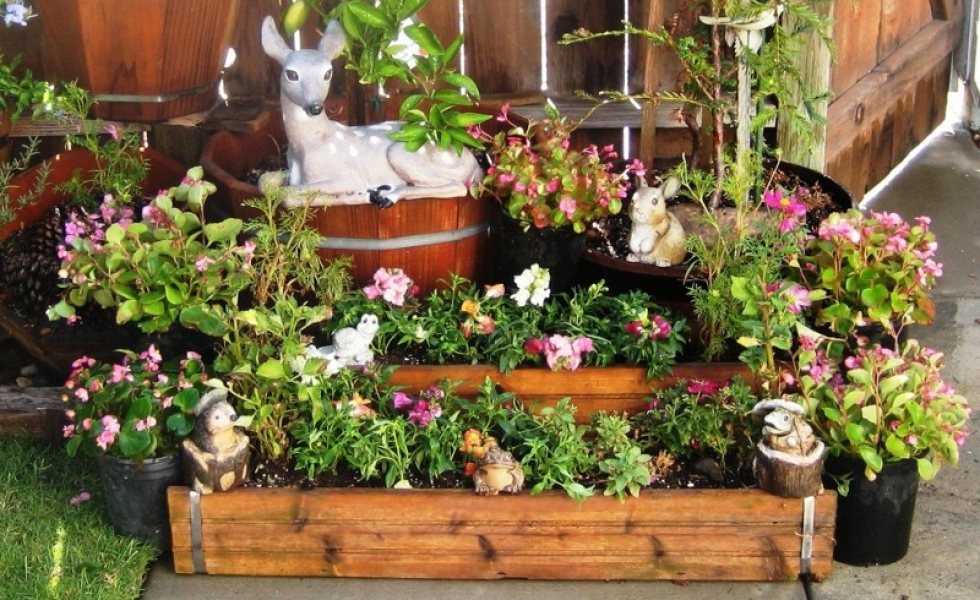Delphinium Flowers
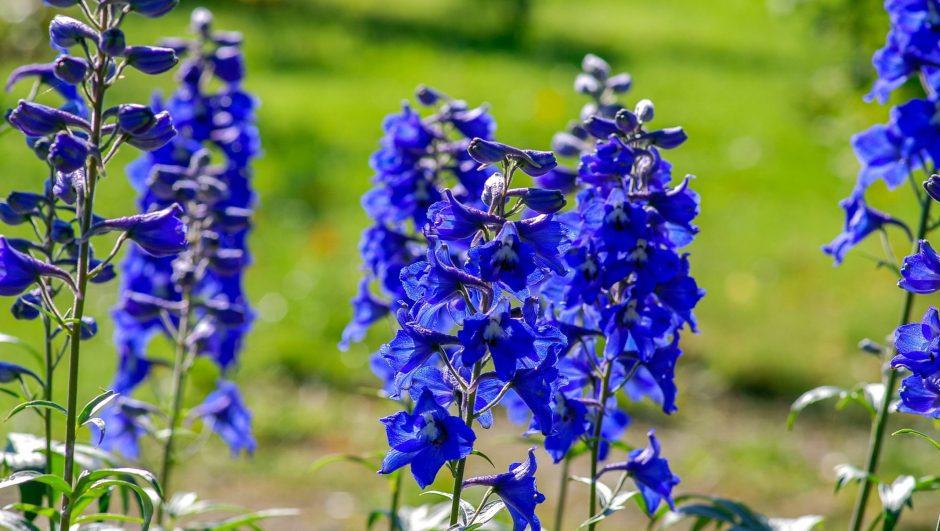
Delphinium flowers are known and loved for their blue flowers. However, the new hybrid delphiniums have flower colors that include white, and shades of red, pink, lavendar and purple. The taller hybrids such as delphinium elatum come in rich colors on elegant spires that will tower beautifully over your flowerborder.
Delphiniums make excellent cut flowers and are very beautiful when growing with roses and other perennials in garden beds. The lower growing delphinium flowers are great as container plants for sunny patios and balconies. The gorgeous blooms attract hummingbirds and other birds to your garden, which is another plus, at least for me.
Delphinium Plants
Below are pictures and information about delphinium plant species available to gardeners now.
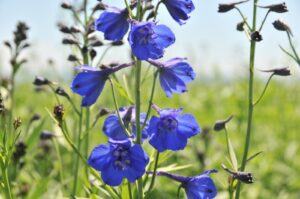
D.x Belladonna
It’s a sturdy and bushy variety growing to 3-4 feet tall and 2 feet wide with short stemmed airy flower clusters.
The best varieties are dark blue ‘Belladona’, light blue ‘Bellamosum’. white ‘Casablanca’, and deep turquoise blue ‘Clividen Beauty’.
The flowers are 1.5 – 2 inch wide, and they last longer than the very tall hybrids listed under D.elatum below.
Zones 1-9.
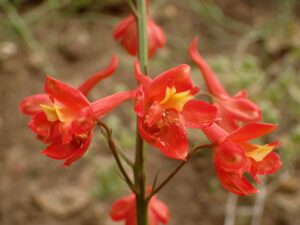
D.Cardinale
The common name is ‘Scarlet Larkspur’ delphinium. It’s native to the coastal mountains of California.
They grow from 3-6 feet tall and 2 feet wide.
The flowers are one inch wide with scarlet calyx and spur and scarlet-tipped petals.
Sow your seeds early in spring for first year flowering.
Zones 14-23.
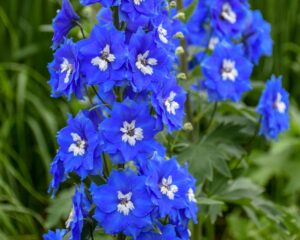
D.Elatum
‘Guardian Blue’
Also called Candle delphinium and Candle larkspur. A Siberian Native growing 3-6 feet tall and 2 feet wide.
This species is among the parents of the modern delphinium strains.
Flower colors include shades of lilac pink, to deep raspberry rose, clear lilac, lavender, royal purple and dark violet blue, and cobalt blue.
The ‘Pacific Giant Delphinium’ hybrids grow to 5-8 feet tall.
Shorter varieties are the ‘Guardian Blue’, about 3 feet tall with very strong stems.
The ‘Blue Fountains, and ‘Magic Fountains’ and ‘Blue Springs’ are like the Pacific strains, but only grow to 2-2.5 feet tall.
‘Centurion’ is a long-stemmed, 4-5 feet tall, hybrid similar to the Pacific strain. It will bloom the first year from seed, but is a more reliable perennial than the Pacific delphiniums.
Zones 14-24.
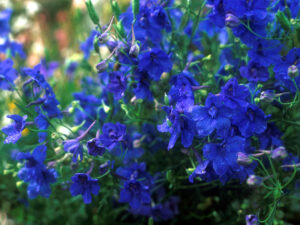
D.Grandiflorum
‘Blue Butterfly’
Also called Chinese or Bouquet delphinium, it’s a short-lived perennial mostly treated as biennial or as an annual.
A short bushy delphinium growing to about 1 foot tall, or even shorter.
The best varieties are ‘Dwarf Blue Mirror’ and ‘Tom Thumbs’, and ‘Blue Butterfly’ delphinium.
Zones 14-24.
Growing Delphiniums
Most delphiniums plants are easy to grow from seed. The seedlings and plants need to be protected from snails and slugs.
They tend to grow best in full sun, but can benefit from morning sun and some afternoon shade in areas south of zone 5.
The delphiniums require rich, porous soil and regularr fertilizing to flower the best.
If your soil is heavy (clay-like) improve it by blending in 50% soil conditioners, and if your soil is acidic give it an application of lime.
Plant them in evenly moist soil, that drains very well, and has been enriched with composted manure or garden compost for the best results.
The ideal soil pH for growing delphinium flowers has a near neutral to somewhat alkaline pH value. So you must add lime to acidic soils.
Delphiniums are known to be ‘persnickety’ perennials that grow best in areas with relatively cool summers and low humidity.
That’s why gardeners in the Pacific Northwest, USA, and the gardeners in the UK are doing well with delphiniums.
If delphinium flowers thrive in your garden, divide them every 2-4 years in spring to keep them flowering well.
In less ideal growing conditions the plants may simply die out after a few years, or even after just one year.
But they are such stunning plant specimen that it’s worth planting them anyway.
I do real well with them in Los Angeles California, but if the summers are very hot I usually loose them and have to re-plant next year, which I gladly do.
Water new and established plants if rainfall is lacking in your area.
Scatter some organic fertilizer around each clump and apply a generous layer of organic mulch, each year, before summer.
Most established delphinium flowers are in full bloom in early to midsummer.
Once the main spike finish flowering, cut it off just above a lower side-spike (if there is one), or above the uppermost leaf on the stem.
In ideal situations, your delphiniums may bloom again later in the summer. If they do, you most likely have the ideal growing conditions.
Do not let plants dry out during summer when there is usually less rainfall.

